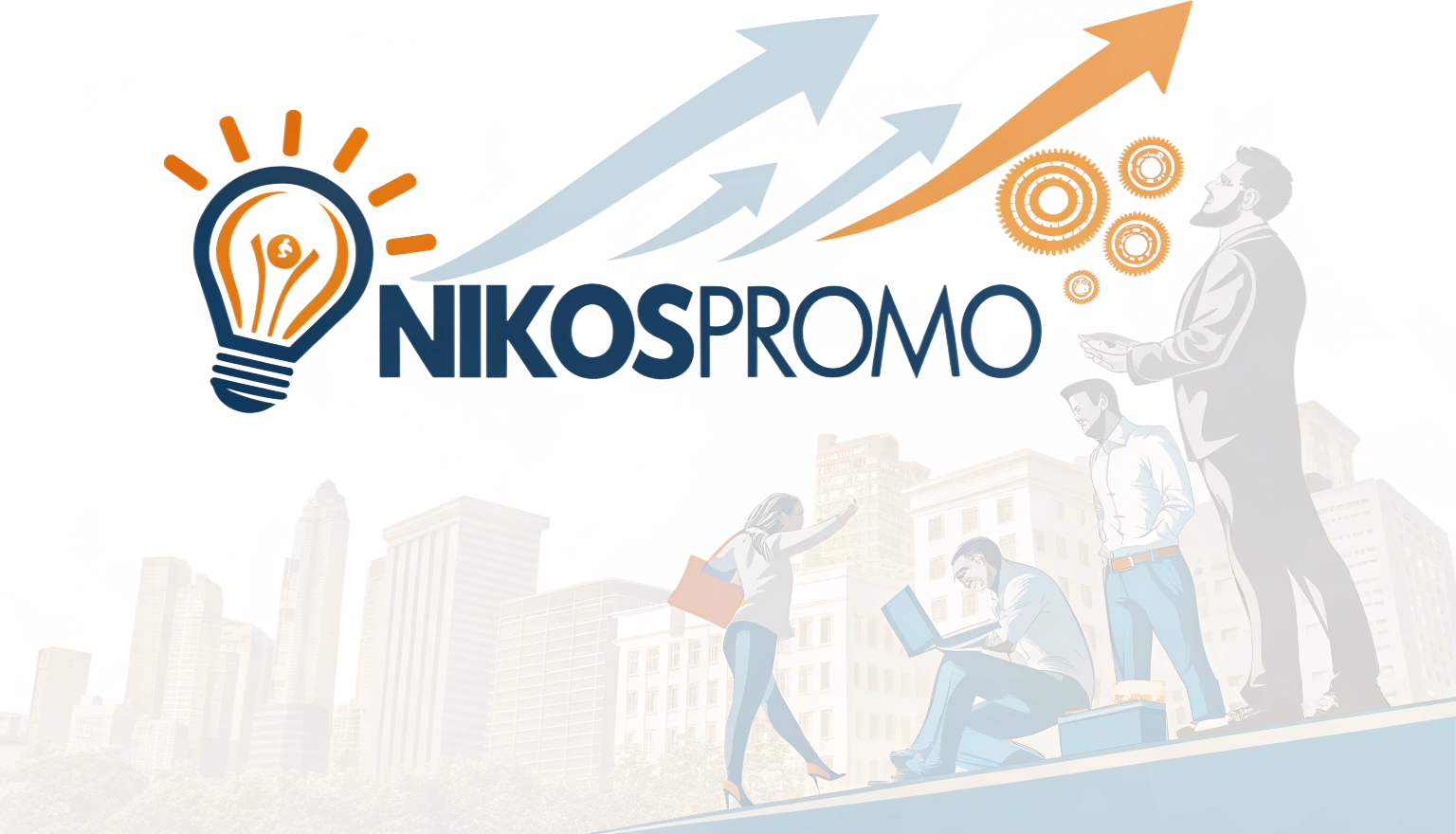Transforming Digital Landscapes: The Art and Science of Web Design
In today’s fast-paced digital age, a website is often the first interaction a customer has with your brand. This is where the magic of web design comes into play. It’s more than just a visual representation; it’s about creating an experience that captivates, engages, and converts visitors into loyal customers.
When we think about web design, many of us envision sleek layouts, eye-catching graphics, and seamless navigation. But the truth is, web design is an intricate blend of art and science, requiring creativity, technical skills, and a deep understanding of user behavior. Let’s delve into the fascinating world of web design and explore how it can transform your online presence.
### The Psychology of Design
Web design isn’t just about aesthetics; it’s about understanding how people think and behave online. Colors evoke emotions, typography sets the tone, and layout influences how users interact with content. For instance, did you know that blue is often associated with trust and security? This is why many financial institutions use blue in their branding.
Incorporating these psychological principles can significantly impact user engagement. A well-designed website that resonates with visitors can lead to higher conversion rates and customer loyalty. By understanding the psychology behind design, you can create a website that not only looks good but also drives results.
### Budget-Friendly Web Design Options
You don’t need to break the bank to have a stunning website. Many businesses shy away from professional web design services due to perceived high costs. However, there are plenty of budget-friendly options available.
Platforms like WordPress, Wix, and Squarespace offer customizable templates that allow users to create beautiful websites without extensive coding knowledge. Additionally, there are countless resources online, such as tutorials and forums, where you can learn the basics of web design. If you’re on a tight budget, consider using these tools to build your own site while still achieving a professional look.
### The Luxury of Custom Design
On the flip side, if you have the budget and seek a unique online identity, investing in a custom web design can be a game-changer. Custom designs provide tailored solutions that reflect your brand’s personality, ensuring a one-of-a-kind user experience.
Professional designers understand the nuances of user interface (UI) and user experience (UX) design, ensuring your site is not only visually appealing but also functional. They can create bespoke features that cater specifically to your audience’s needs, enhancing engagement and satisfaction. The investment in luxury web design often pays off in increased traffic and conversion rates, making it a worthwhile consideration for growing businesses.
### Eco-Friendly Web Design Practices
As we become increasingly aware of our impact on the environment, eco-friendly web design is emerging as a new trend. This approach prioritizes sustainable practices by minimizing energy consumption and using green hosting solutions.
Designing a website with a focus on efficiency can reduce its carbon footprint. Techniques like optimizing images, minimizing code, and choosing energy-efficient hosting can contribute to a more sustainable digital presence.
### The DIY Approach: A Double-Edged Sword
While DIY web design can be a cost-effective solution, it can also be a daunting task. Balancing aesthetics, functionality, and user experience requires a certain level of skill and knowledge. For some, this challenge can be an exciting journey of learning and creativity.
However, for others, the potential pitfalls—such as poor design choices or inadequate functionality—can result in a frustrating experience that drives users away. If you choose to go the DIY route, ensure you invest time in research and learning best practices to avoid common mistakes.
### The Future of Web Design
As technology continues to evolve, so too does web design. Emerging trends such as AI-driven design, voice search optimization, and augmented reality are set to revolutionize the way we build and interact with websites. Staying ahead of these trends will be crucial for businesses looking to maintain a competitive edge.
In conclusion, web design is a dynamic field that combines creativity and strategy. Whether you opt for a budget-friendly solution, a luxurious custom design, or embark on a DIY adventure, understanding the principles of web design can significantly enhance your online presence. As you navigate this exciting landscape, remember that the ultimate goal is to create an engaging, user-friendly experience that resonates with your audience.

